|
Here in the northern hemisphere, as the summer months are ending, it is a good time to look at our vitamin D levels to see if they have reached adequate enough levels to carry us through the winter. You may ask why is this important and the answer is seen in epidemiology studies that show the farther south you go the less risk of cardiovascular disease, diabetes type I & II, autoimmune conditions, MS, dementia, depression, alzheimers, parkinsons, almost all types of cancer (except skin, which is easily treatable), osteopenia, osteoporosis, rickets, osteoarthritis, rheumatoid arthritis, inflammatory bowel diseases such as crohn's and colitis, and less incidence of pregnancy complications such as C-sections and pre-eclampsia. One of the known ways that vitamin D supports the immune system is through macrophages and monocytes. Theses cells scan the body for pathogens and as they come into contact with one they send a signal to numerous cells in the body to active the pre-vitamin D stored in the body triggering the release of cathelicidin and the destruction of the pathogen (1). Before I go any farther lets look at the history of vitamin D: It first began billions of years ago via a photochemical reaction creating an inert molecule to help protect from ultraviolet damage in early organisms called phytoplankton and zooplankton. Later it was incorporated in plants, and vertebrates to help give strength and structure form birth to death. Any organism exposed to sunshine can make pre-vitamin D, which once activated acts in the intestines to help the body absorb more calcium (1). The first human record of vitamin D was during the industrial revolution in the 1600's at west and south England where many children, especially those growing up in cities were developing a condition called Rickets (weak, soft, and deformed bones in children due to a lack of vitamin D, calcium, and phosphorous). These children were exposed to less sunshine do to the geographical location, but when combined with tall buildings being built close to one another and a coal polluted sky they were exposed to even less sunshine and as a result less vitamin D. It took ~30 years until Doctors found that shining light on just one part of the body resulted in complete reversal of the disease and in 1903 FInsen received the nobel prize for finding treating skin conditions associate with TB to light showing dramatic improvements increasing solariums and heliotherapy across Europe. To teat the deficiency, in the 1930's everything was fortified with vitamin D - not just all milk and dairy (although the dairy industry fully embraced it) - it could be found in beer, pop, custard, hot dogs, soap, and even shaving cream! (1). This completely eradicated Rickets; however, it created another problem associated with high calcium such as children with a condition called Williams syndrome, a genetic condition with excess calcium absorption resulting in facial abnormalities such as broad foreheads, flat nasal bridges, upturned noses, full wide mouths, irregular teeth, heart problems, and mental difficulties (2). However, at the time Doctors did not know that it was a genetic condition with hypersensitivity to vitamin D. As such, vitamin D paranoia swept across Europe banning it in everything excluding a few products such as margarine and cereals. Despite the use of light therapy at the turn of the 20th century it was estimated that 80-90% of children born in London had Rickets whereas it was an unseen disease in children who grew up in India or China. Research ensued: -In 1916 Hoffman showed that people living at a higher latitude had a higher risk for cancer here mortality rates increased with increasing distance from the equator (3). -In 1937 Peller and Stephenson looked at cancer rates in navy personnel who are exposed to UV radiation while at sea and found that the rate of skin cancer was 8x greater; however the total number of deaths from other cancers was 60% less than the civilian population (4). -This was again shown in 1941 where Apperly compared cancer rates of farmers in the Northeast US to farmers in the southern US and found higher rates of non-melanoma skin cancer (which is easy to detect and treat) and a much lower rate of other cancers (5.) -more studies were done 40 years later where colon cancer mortalitry rate again directly reduced the farther south you went (1). -a multitude of studies were done showing reduced risks for ovarian cancer, breast cancer, cancers of the digestive tract, prostate cancer, bladder, cervical endometrial, vulvar, lung, pancreatic, Hodgkins, and non-Hodgkins lymphomas (1). -further studies showed that the more exposure to sunlight you had as a teenager the reduced risk of breast cancers at a later age up to 60% (6.) -Likewise, if a teenager had lymphoma the risk of mortailty reduced after they had more exposure to sunshine (7). -The US preventative Services Task force showed that for every 4 points increase in vitamin D levels a resulting 6% drop in colorectal cancer risk (8). -Study after study continues to show the reduced risks and infectious diseases associated with higher vitamin D levels and more sunshine exposure. The map below shows the cancer belt and anyone living above the red line has an increased risk for developing cancer & autoimmune disease: Now lets look at factors affecting sunshine's ability to enter the body: The sun is made up of ultraviolet A, B, and C light. All the UVC light, and most of the UVB light is absorbed high in the ozone (UVC followed by UVB are the strongest). One percent of UVB makes it though and this is what our bodies use to make pre-vitmain D. The amount of UVB light reaching the northern hemisphere depends on the time of day and the time of year. The farther the light has to travel the less we receive; thus, as the earth tilts its axis away from the sun in the winter months it increases the distance UVB light has to travel (9). Populations living at latitudes greater than 33 degrees will not get any UVB light from November - February (Vancouver is at 49 degrees latitude). The time of day is also important. A calculation using the zenith angle shows that we only receive UVB light between 10am to 3pm each day (1). See the pics below. Some other factors that will come into play are also the amount of cloud / pollution in the air which can decrease it with thick cloud over, but increase it with patchy cover due to reflections. Altitude also has an effect where the higher up someone is the more UVB light they receive. Lastly, of course clothing will stop UVB light from penetrating the skin (9).
To show how radical of a stance this is they state that "to suggest that one should never be exposed to sunlight because excessive exposure to sunlight is linked to an increase in non-melanoma skin cancer is like suggesting tat because breathing 100% oxygen can cause lung damage and death, that no one should breath an atmosphere that contains 20% oxygen (1). Today the main controversies are around dosage. They main fear is regarding calcium levels. The belief is that the more vitamin D you take the higher one's calcium levels; however this has being shown again and again that it does not (10) unless one has a hypersensitivity to vitamin D seen in Williams disease and hyperparathyroid conditions. Another controversy is using sunscreen, which has heavy metals in it to help block the suns rays; however, if you remember that what causes cancer is chemical and radiation exposure than this is a very dangerous combo. With that being said a serious burn is not good, so it is a matter of finding a fine balance. Lastly, is what is the optimal level of vitamin D and what is the best dose. Personally I believe in using a high dose supplementation and light therapy to correct the deficiency as soon as possible while monitoring levels and symptoms though out. FACTS ABOUT VITAMIN D:
What does a deficiency look like? First we need to look at one's symptoms (see the infograph below) as well as any diagnosed health conditions. Many people will not show symptoms and this is where a blood test needs to be done. This is crucial to determine a baseline screening for increased risk of developing disease. Second, it is crucial to determine if the amount of supplementation / light therapy is adequate. Other elements to consider are magnesium deficiencies, liver problems, and kidney issues. This requires a visit to your doctor or naturopath. A study conducted by Binkley et al. showed that teenagers living in the tropics who spent > 3 hours a day outside were still vitamin D deficient (~ 50% of the 93 individuals studied (15). This is were magnesium, inflammation, the liver, and the kidneys will come into play and need to be looked at. Testing: A simple blood test can show how high your vitamin D levels currently are; a good time to test is at the end pf summer when they should be the highest and in the spring when they will be at their lowest. Edwards and Reddy estimate that 75% of the population is vitamin D deficient (13). Below shows the categories of vitamin D levels: At levels > 250 nmol/L it can actually inhibit your parathyroid gland; thus, the importance of testing. Do you think you or your family may be vitamin D and / or magnesium deficient? Would you like a blood test find out? Book online for your appointment today! References:
1. https://www.ncbi.nlm.nih.gov/pmc/articles/PMC3897598/ 2. https://clinicaltrials.gov/ct2/show/NCT00013962 3. https://archive.org/details/mortalityfromcan00hoffrich/page/298 4. https://insights.ovid.com/article/00000441-193709000-00004 5. https://cancerres.aacrjournals.org/content/1/3/191.short 6. https://www.ncbi.nlm.nih.gov/pubmed/17372236/ 7. https://www.ncbi.nlm.nih.gov/pubmed/16204696 8. https://www.ncbi.nlm.nih.gov/pubmed/22184690/ 9. https://www.abc.net.au/science/articles/2012/01/24/3413924.htm 10. https://jamanetwork.com/journals/jamacardiology/fullarticle/2615260 11. https://en.wikipedia.org/wiki/Vitamin_D 12. https://www.sciencedaily.com/releases/2011/09/110929144639.htm 13. https://www.ncbi.nlm.nih.gov/pubmed/28471760 14. https://www.ncbi.nlm.nih.gov/pmc/articles/PMC3349454/ 15. https://academic.oup.com/jcem/article/92/6/2130/2597445 16. https://www.ncbi.nlm.nih.gov/pubmed/24329737
2 Comments
I like to take care of my health, both physical and mental. To avoid deficiencies, I had to adopt a balanced diet and above all use a specific food supplement. It is on this article that I found the product that allowed me to relive and enjoy optimal well-being without health concerns.
Reply
Leave a Reply. |
Rumancik ReportA blog dedicated to reviewing and reporting the basics of healthy living from diets, supplements, botanicals, homeopathics, what science says, what tradition says, and everything in between. Archives
September 2020
Categories |
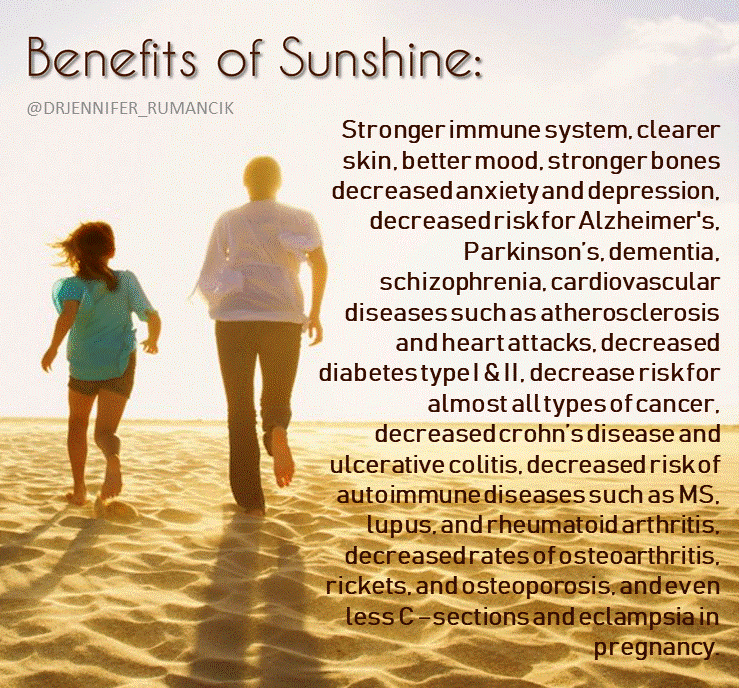
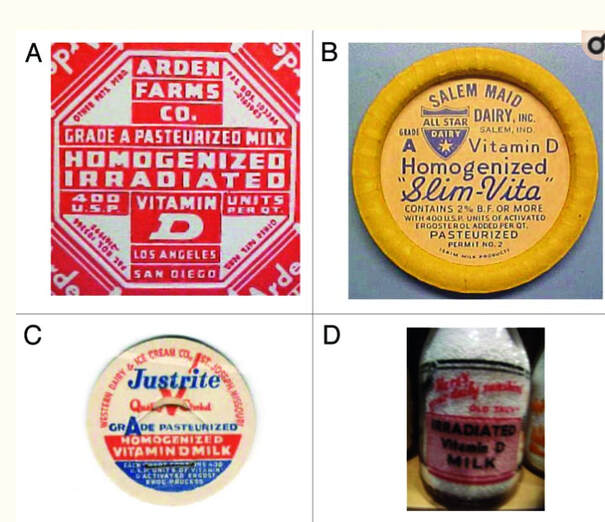
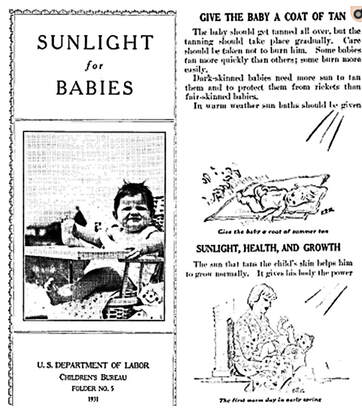
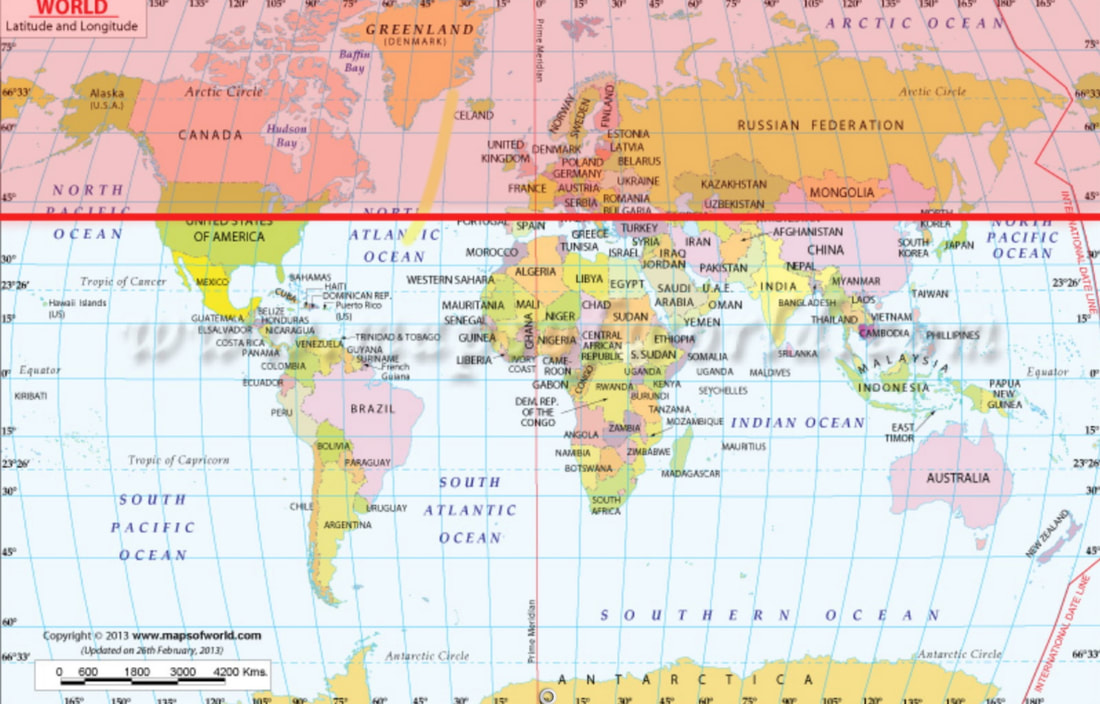
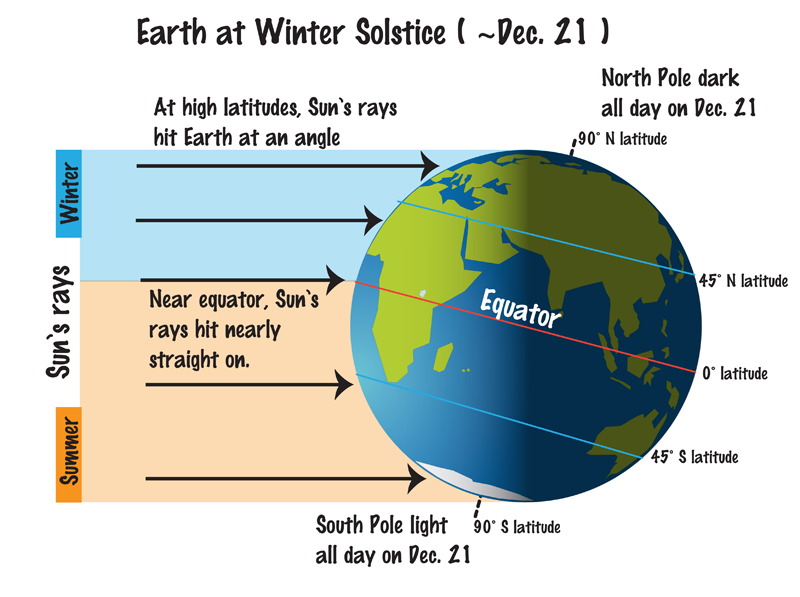
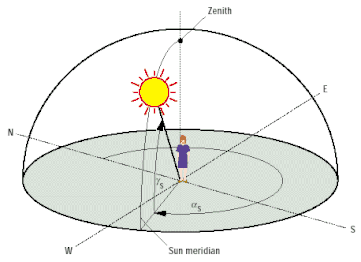

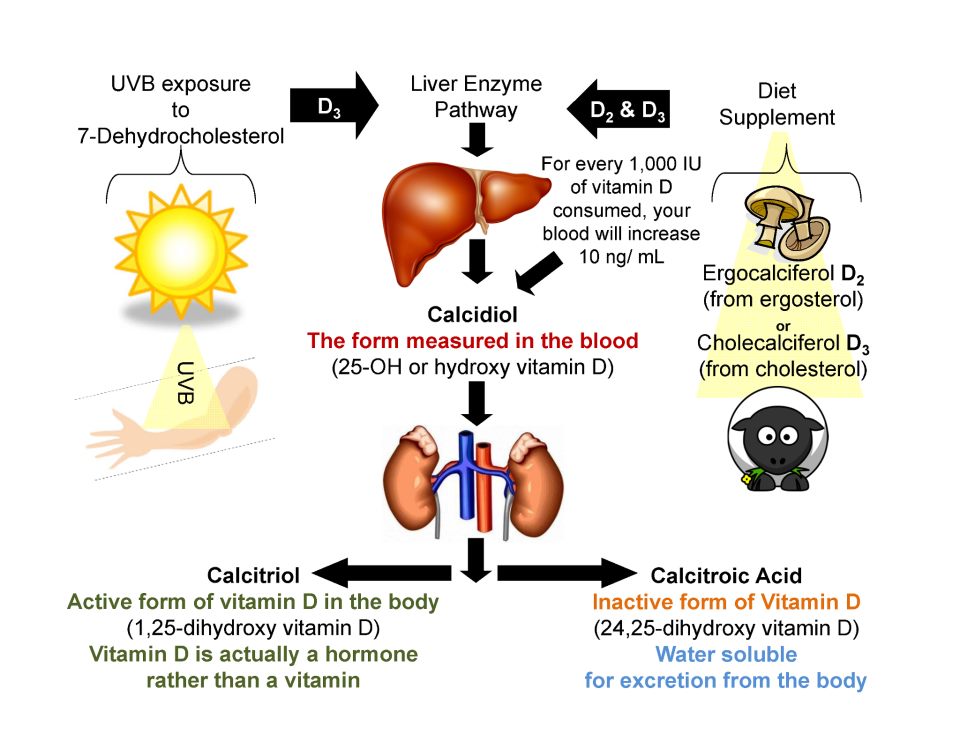
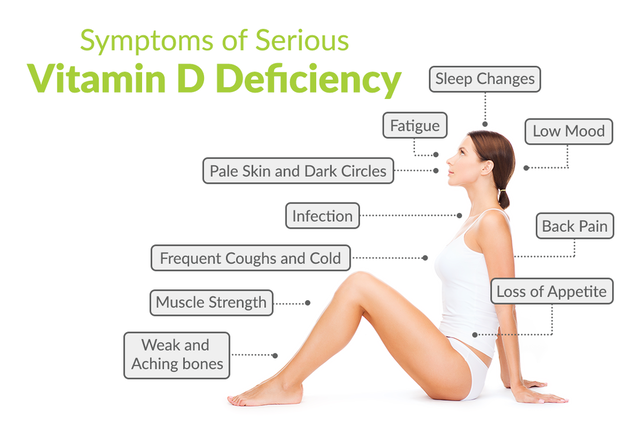
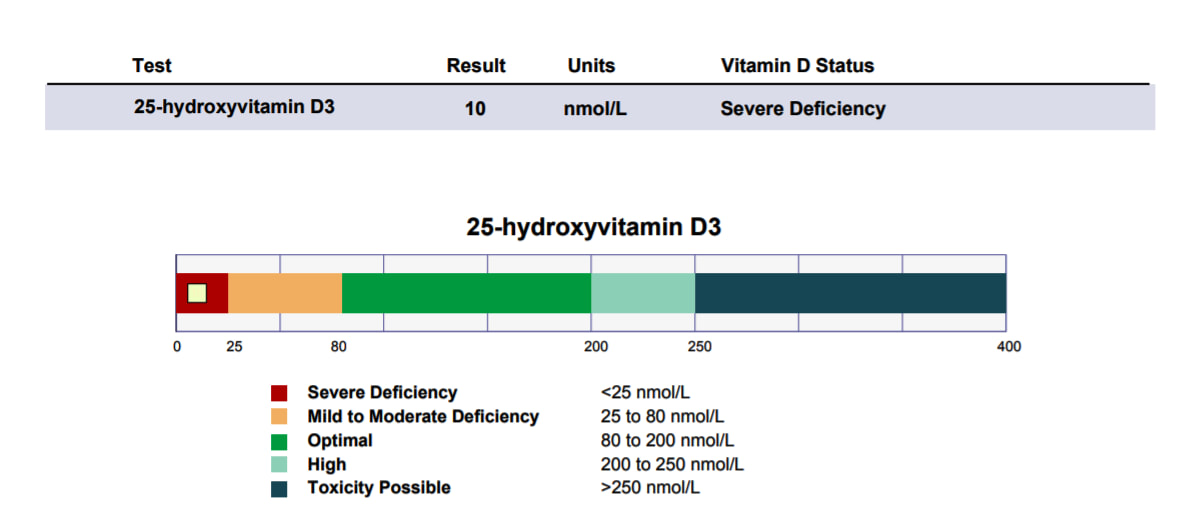

 RSS Feed
RSS Feed
